15 U.S. States Where You’re Most Likely to See a Black Bear
Black bears have become a regular part of the terrain in many parts of the United States. Their population growth and increased visibility reflect changing environments and successful conservation efforts. While they tend to avoid people, their search for food and space has made them more noticeable in both wild and residential areas.
Here are some states where black bears live in high numbers, and you are likely to come across one.
Alaska
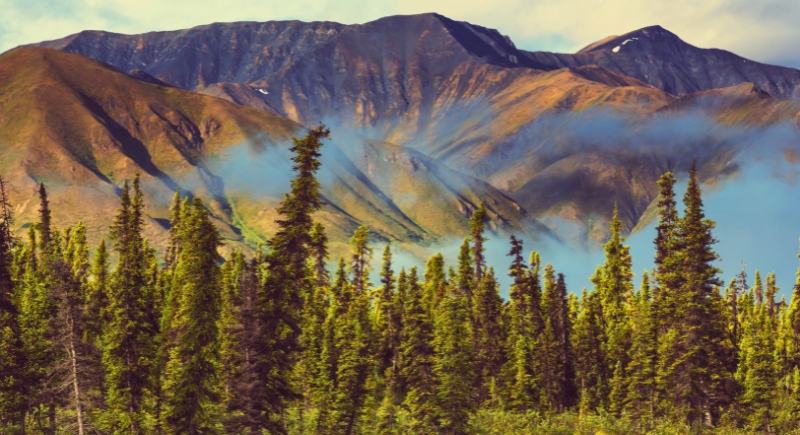
Credit: Canva
More than 100,000 black bears roam Alaska’s expansive wilderness. They move freely through forests, tundra, and coastal areas. Though sightings are rare, they do approach developed areas when food is accessible. Alaska’s size and remoteness give black bears unmatched space to live undisturbed.
California
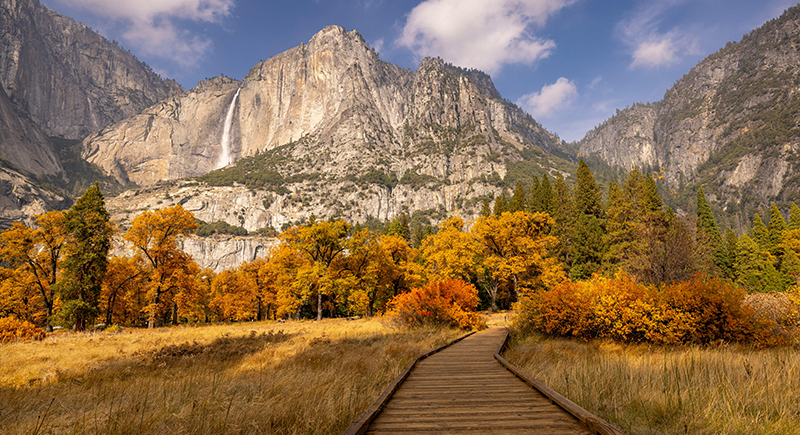
Credit: pexels
Yosemite National Park and the Tahoe Basin rank among the best places in California to spot black bears, particularly in late summer and early fall when they actively forage. These regions offer the concentrated forests and water sources that bears prefer, but viewings also occur in nearby foothill communities.
Oregon
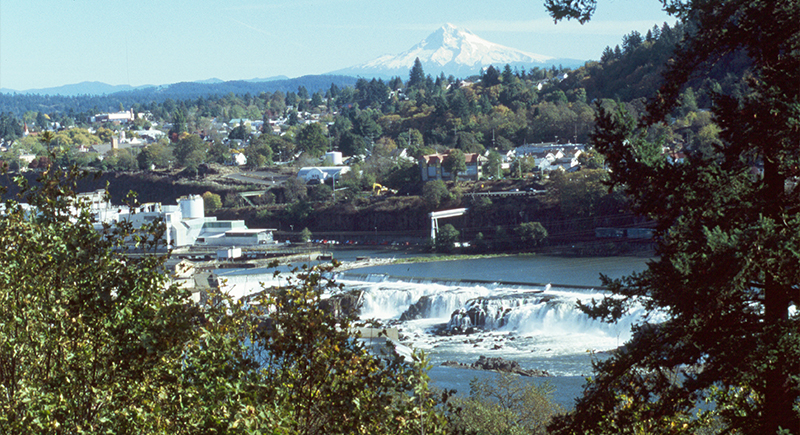
Credit: Wikimedia Commons
By late summer, black bears in Oregon show up more often as they scramble to eat whatever they can before winter. Berries, fallen fruit, and anything left out can pull them toward homes. That’s why the state keeps pushing for bear-proof trash bins and tells people not to leave food lying around.
Idaho

Credit: Wikimedia Commons
Hikers in various bear-active regions of Idaho, like the Sawtooth and Bitterroot ranges, should stay alert. This is because they may notice indirect signs of black bears, such as disturbed logs or clawed trees, particularly in spring and fall when foraging activity increases.
Maine
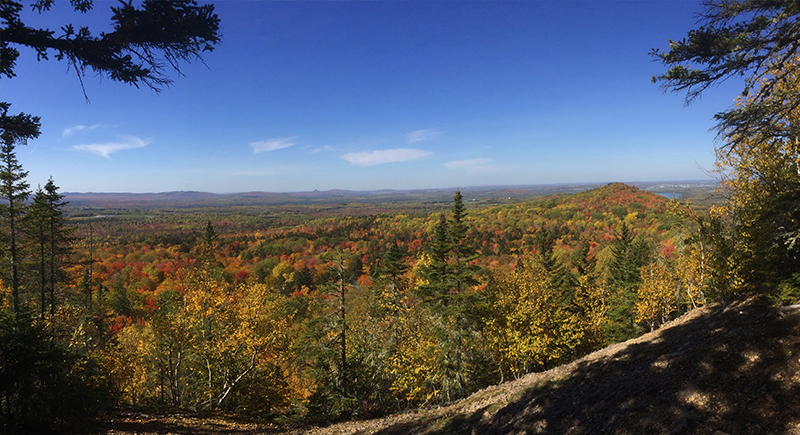
Credit: Wikimedia Commons
Roughly 35,000 black bears live in the heavily wooded regions of the state. Maine manages this population through controlled hunting seasons and ongoing research. The aim is to limit human-bear conflict and keep the ecosystem balanced. These measures have kept numbers healthy without allowing them to grow unchecked.
New Mexico
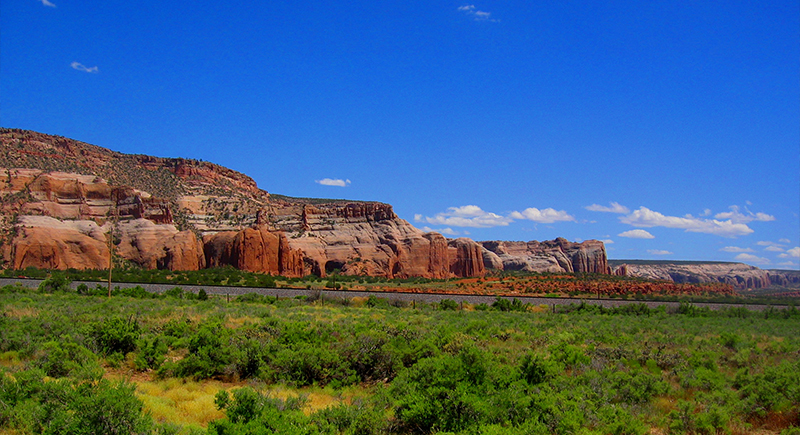
Credit: Wikimedia Commons
High-elevation forests in the Southwest have supported black bears for decades, mainly in mountain zones like the Sangre de Cristo and Jemez ranges, where long-term habitat has supported stable populations. Currently, wildlife biologists are actively tracking movements to keep populations healthy.
Pennsylvania
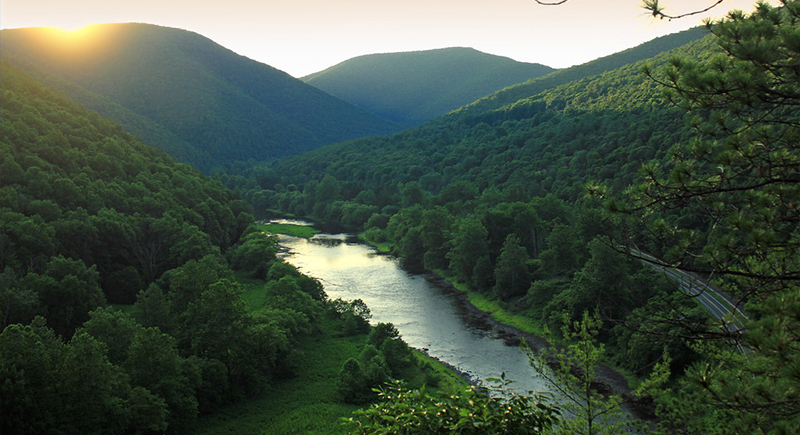
Credit: flickr
In Pennsylvania, folks who live near the woods are used to seeing black bears now and then wandering through yards or sniffing around campsites, especially as summer turns to fall. The animals have learned to live near people, but the state still reminds residents: don’t feed them, and don’t make it easy for them to stick around.
Virginia
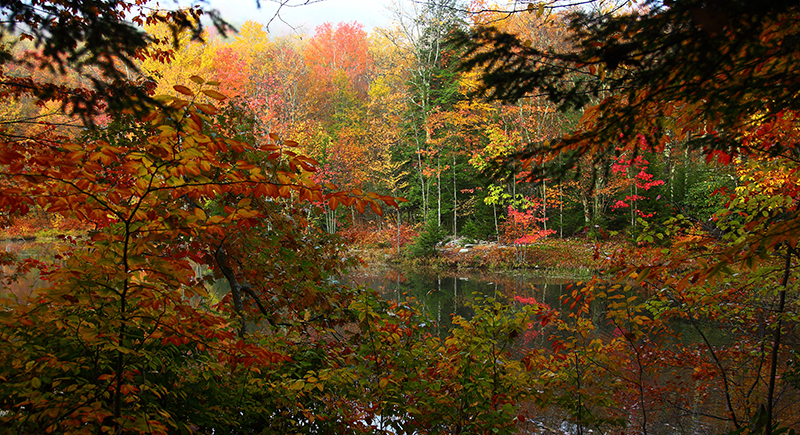
Credit: Wikimedia Commons
Black bears in Virginia prefer dense forest cover. They stay hidden during the day and become active at dawn and dusk. As they travel, they spread seeds through droppings and disturb soil and decaying wood, which helps renew the forest floor.
North Carolina
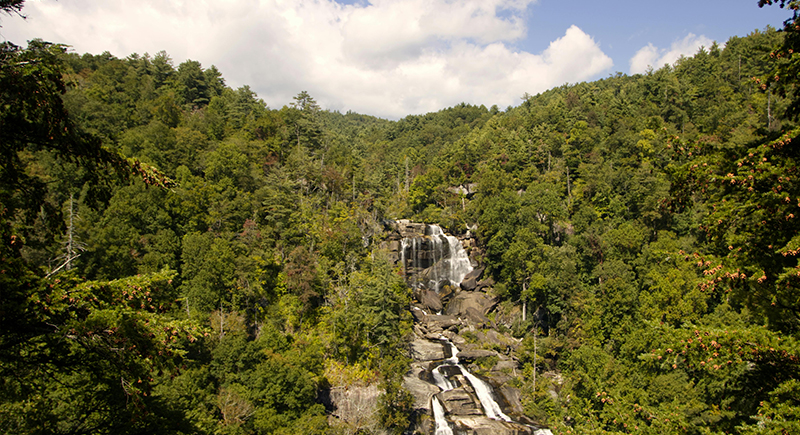
Credit: pexels
The number of black bears in North Carolina has exceeded tens of thousands and continues to grow. The Great Smoky Mountains National Park is a reliable place for sightings, especially near forest edges. Bears here sometimes climb trees for safety or rest. As they move east, suburban areas have seen a greater number of visits.
Montana
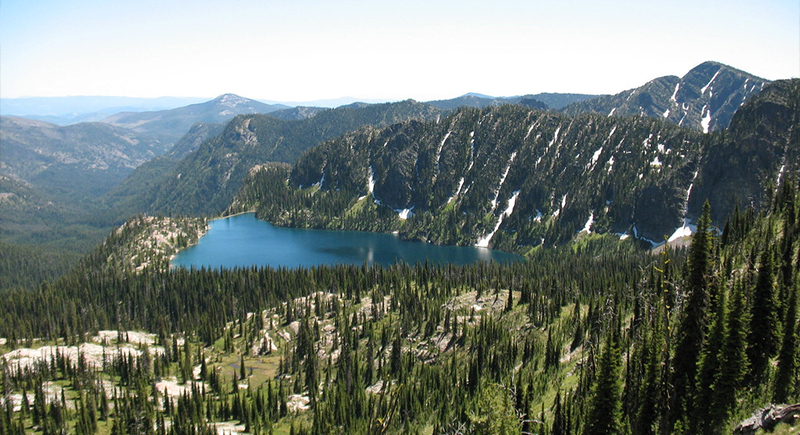
Credit: flickr
Glacier National Park in Montana draws thousands of visitors hoping to see black bears in their natural habitat, particularly along trails like Hidden Lake and Iceberg Lake. The surrounding Flathead National Forest also attracts hikers and wildlife enthusiasts in the summer months.
New Jersey

Credit: Wikimedia Commons
Expanding steadily since the 1980s, New Jersey black bears have moved well beyond their former range in the northwest. Today, confirmed sightings have occurred in all 21 counties. Wildlife officials monitor their movement with GPS collars and encourage the public to secure trash and remove outdoor food sources.
Utah
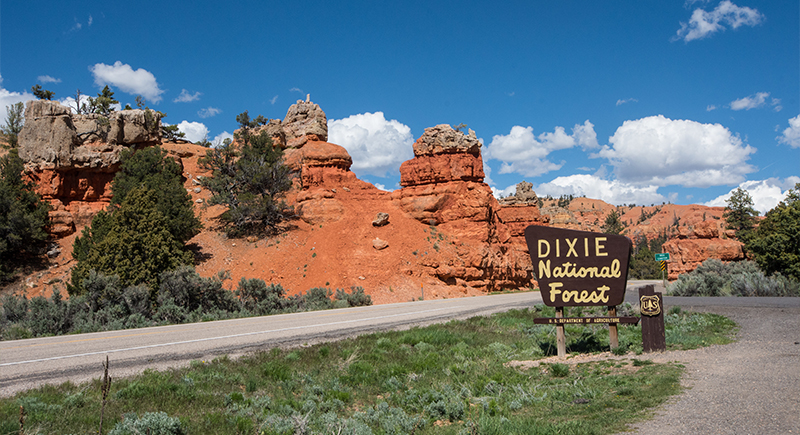
Credit: Wikimedia Commons
Forested regions in Utah remain one of the most dependable places to see black bears, mainly for those visiting backcountry zones or spending time in less-traveled recreation spots. Spotting peaks between late May and early October, when these animals are actively covering ground before winter.
Colorado
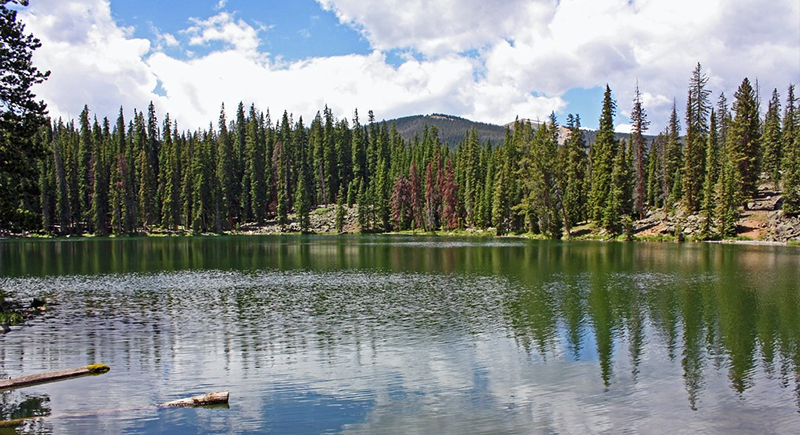
Credit: flickr
Bear-related incidents in the state went as high as 4,644 in 2024, up from 3,414 the year before. This was a sharp rise that reflected growing interaction between bears and people. As of now, wildlife officials manage hunting to ensure it stays between 7 to 13% of the population annually. They also promote bear-resistant containers, secure trash practices, and non-lethal deterrents.
Nevada

Credit: flickr
Nevada’s black bear population is a comeback story. After nearly disappearing, they’ve slowly made their way back—mostly from California—settling again in the state’s western mountain ranges. These days, biologists track their movements with GPS and keep a close eye on how well the returning population is holding up.
Texas

Credit: flickr
Black bears are rare in Texas, but not unheard of, especially in Big Bend National Park. Trails like the South Rim or Window Trail pass through the kind of rugged, brushy terrain they favor. Sightings don’t happen often, but early morning or evening gives you the best shot. If one crosses your path, keep your distance and let it move on undisturbed.